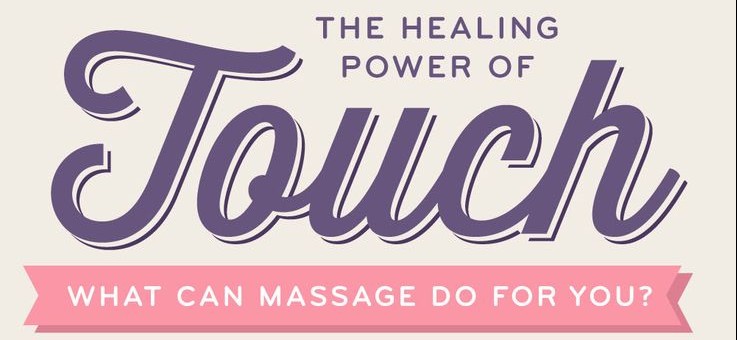Massage is well known for reducing stress and promoting relaxation. And, a growing body of research also shows that massage therapy is effective for chronic and acute pain relief and management.
According to the National Institute for Health, more than one-third of all Americans will suffer from chronic pain at some point in their lives, and approximately 14 percent of all employees take time off from work due to pain. Increasingly, massage therapists are being incorporated into pain management programs of hospitals and health care organizations. The Joint Commission on Accreditation of Healthcare Organizations has suggested massage therapy as one means to manage pain without use of pharmaceuticals.
According to a recent American Hospital Association survey about their use of CAM (complementary and alternative medicine) therapies, among the 1,007 hospitals responding, nearly 82 percent of the hospitals offering CAM therapies included massage therapy among their health care offerings — with more than 70 percent utilizing massage therapy for pain management and relief. In a recent consumer survey commissioned by AMTA, 91 percent of respondents agreed that massage can be effective in pain relief, and nearly half of those polled (47 percent) have had a massage specifically for the purpose of pain relief.
Consider recent clinical research on the efficacy of massage for pain relief:
- Massage therapy is more effective for chronic back pain than other complementary therapies.
- Massage therapy promotes relaxation and alleviates the perception of pain and anxiety in cancer patients.
- Massage therapy reduces post-traumatic headaches better than cold pack treatments.
- A pilot study conducted at Cedars-Sinai Medical Center in Los Angeles found that massage, as part of hospital-based surgery treatment, reduces pain and muscle spasms in patients who have undergone heart bypass surgery.
- Massage stimulates the brain to produce endorphins.
How does massage relieve pain?
- A simple and direct strategy: working from the external, outer mechanisms of pain to the primary, root cause.
- Focuses on the entire body system and its relationship to soft tissue – not solely on the site of pain.
Benefits of massage for pain relief
- Helps patients become more aware of their bodies and the sources of pain.
- Better familiarizes patients with the pain they experience.
- Has an impact on the patient by virtue of human touch.
- Improves confidence by encouraging patients to effectively cope with their pain.
An article written for The American Massage Therapy Association

